Popular games for platform Atari 7800
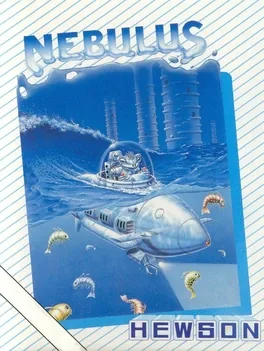
You play a small green guy who needs to blow up eight towers, because their presence is somehow poisoning the water of planets which could potentially be ideal colonies. Unfortunately you need to get to the top of these towers to blow them up. You make your way up to the top of the tower via walkways around the outside of the towers. You need to jump over, kick, and run from various enemies in your journey to the top. Most vertical movement is achieved by jumping onto moving ledges at the right moment. The game was considered revolutionary in its time for its graphic technique. As the main character walked around the outside of the tower, the character was fixed in the middle of the screen while the tower itself rotated. This gave it a pseudo-3D effect. Towers are linked together via a voyage through the sea in your trusty MK.7 submarine. This plays out as a side-scrolling collect-'em-up in which bonus points can be obtained.
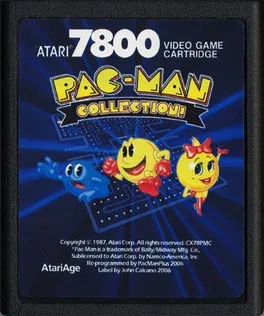
Pac-Man Collection (Atari 7800) is a 2006 homebrew compilation by Bob “PacManPlus” DeCrescenzo, published through AtariAge. It includes multiple Pac-Man and Ms. Pac-Man arcade variants—such as Puck Man, Hangly Man, Ultra Pac-Man, and Random Mazes—each can also be played in Plus mode, with selectable Fast, Slow, or Button-activated speed settings. It includes these games: Pac-Man Puck Man Hangly Man Ultra Pac-Man Random Mazes (Pac-Man style) Ms. Pac-Man Ms. Pac-Attack Ms. Random Mazes
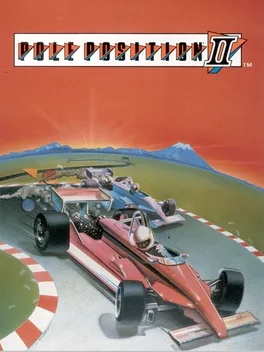
Just like the first game, but with improved graphics and 4 different tracks to choose.
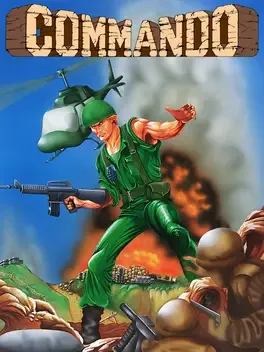
Several levels await your super-tough Commando in this arcade conversion. Armed with only a standard rifle and a few grenades you must take on hordes of enemies. Some are wandering around in the open, while others have picked out hiding places, which you must approach from certain angles. Trees, rivers and bridges create a varied combat-like terrain and must be incorporated into your thinking. Extra grenades can be collected, and will definitely be required, as they allow you to kill from distance and thus avoid some enemy shots.
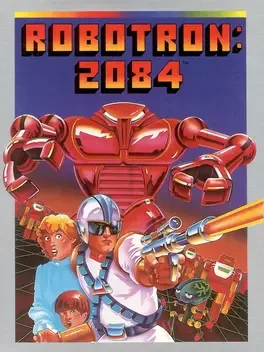
In 2084, man creates a species of super-advanced cyborgs known as Robotrons. Recognizing the imperfect nature of their creators, the Robotrons conclude that the inefficient human race must be exterminated. In Robotron: 2084, only you and a single family of clones remain. If mankind is to survive, you must destroy the Grunts, Brains, Enforcers, and Tanks - but avoid the indestructible Hulks at all cost. Can you withstand wave after wave of android invasion and rescue Mommy, Daddy, and Mikey... before it's too late?
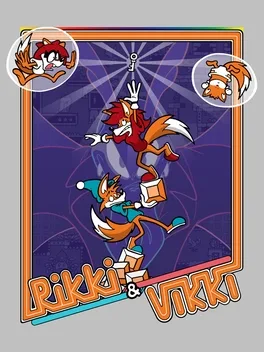
Puzzling Action for One or Two Players.

Ace of Aces is a combat flight simulator developed by Artech Digital Entertainment in 1986. The game takes place during World War II and the player flies a RAF Mosquito long range fighter-bomber equipped with rockets, bombs and a cannon. Missions include destroying German fighter planes, bombers, V-1 flying bombs, U-boats, and trains.
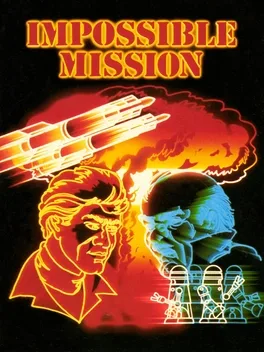
The situation: for three days have the strategic central computers of the great powers acted up. An unknown person manipulates their programmes; at the end of these programmes is the starting command for the intercontinental rocket. The countdown is on, only 6 hours keep the humanity from an atomic inferno. An unknown person? Only professor Elvin, the insane computer expert could crack the top secret start code, Elvin, who entrenches himself in his intangible subterraneous, guarded by 90 murderous robots, that until now had hunted down every intruder. No one who has ever set foot on the lift to Elvins cave labyrinth has returned back alive. The last hope: Special Agent 4125, the most cunning, toughest and most indiscriminate man, that the secret service can offer. Only ice cold reckoning and superior physical condition give this unarmed hero a tiny chance to avert the disaster in the last minute. The game: your task is to put a stop to evil Elvin Atombender's game. For this you have to enter in his laboratory, protected by a vault somewhere on his underground stronghold. To open the laboratory's door you need a nine letters password, each letter of which Elvin coded into a punchcard, just for cutting in four each one of them, painting them in different colors and hiding the resulting pieces everywhere in his base's furniture. So all you have to do is search into every object of every room for pieces of puzzle while surviving the robots, the pits and doctor Elvin's annoying voice, retrieve all the 36 pieces, put them together in groups of four, and head for the laboratory, where an unpleasant surprise waits you
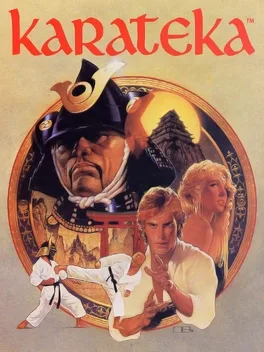
Karateka is a 1984 beat'em up video game by Jordan Mechner, and was his first game created while attending Yale University. It was originally programmed for the Apple II, and was later ported to several other home computers and early gaming consoles. The game was published in North America by Brøderbund, and in Europe by Ariolasoft. The player controls an unnamed protagonist who is attempting to rescue his love interest, the Princess Mariko, from Akuma's castle fortress. The game exhibits a combination of a side-scrolling platform and fighting game elements. The player uses punches and kicks to defeat Akuma and his guards and make his way deeper into the fortress. The game, as with most at the time of development, lacked checkpoints or the ability to save the game, making it a challenge to complete in a single sitting. Karateka has been well-received, particularly for its realistic animations used for the game's characters. The game was considered a breakthrough success for Mechner, and would eventually result in his development of the Prince of Persia franchise. A high-definition remake, spearheaded by Mechner, was released as a downloadable title for the Xbox 360, Microsoft Windows, PlayStation 3, with planned ports for the iOS and Wii U systems.
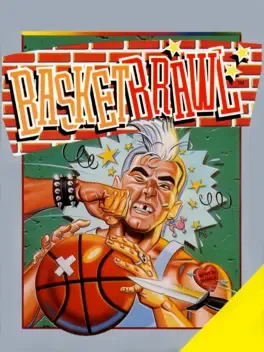
Basketbrawl is a sports video game released for the Atari 7800 in 1990, then for the Atari Lynx in 1992. It is a basketball simulation which allows hitting and fighting with other players. The name is a portmanteau of basketball and brawl. It is similar to the 1989 Midway arcade game Arch Rivals which had the tagline "A basket brawl!" Atari released another sports/fighting combo for the Atari 7800 in 1990 as Ninja Golf. Both were in the final 11 games published by Atari for that system in 1990-91 before dropping support.
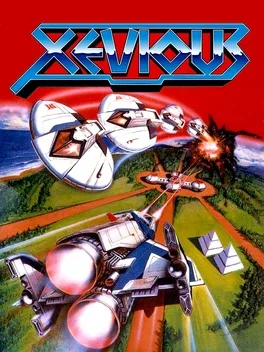
It's a nightmare, but it's true! Research shows that we are the actual aliens on Earth, and the ruthless Xevions are the original inhabitants. Now the Xevions want Earth back -- minus humans! Their invasion forces are fierce -- the land is crawling with deadly Domogram Rovers; the sky is black with Toroid Patrol Fleets and Zoshi Death Squads. Our puny weapons offer no defense. Earth's only hope is our powerful new Solvalou Fighter Plane. Its pilot will have a single mission: Penetrate the enemy ranks and destroy the Xevious Mother Ship. The mission is dangerous. We can't guarantee success. But at this point, it's do or die! One small problem. We still need a pilot. Any volunteers?
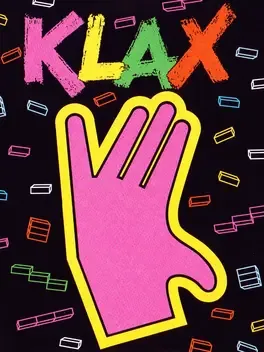
Klax is a 1989 computer puzzle game designed by Dave Akers and Mark Stephen Pierce. The object is to line up colored blocks into rows of similar colors to make them disappear, to which the object of Columns is similar. Atari Games originally released it as a coin-op follow up to Tetris, about which they were tangled in a legal dispute at the time.
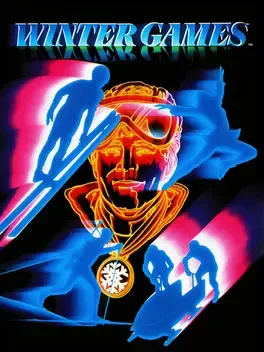
Third in the series of Epyx Olympic sports games. Compete in many different sporting events like: Ski Jump, Hot Dog, Biathlon, Bobsled, Free Skating, Figure Skating and more.
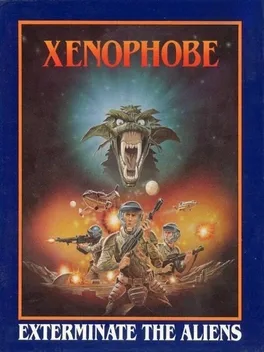
Xenophobe is a 1987 arcade game and the goal of each level is to defeat all the aliens before time runs out. Levels may contain more than one floor, and players use elevators or holes to move between floors to defeat all of the aliens. Players can also pick up more powerful weapons and other items to help in their eradication of the aliens.
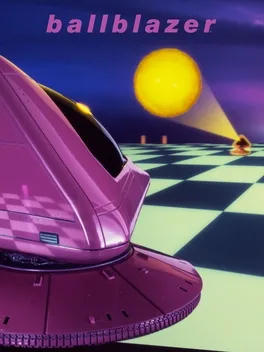
Ballblazer is a 1984 computer game created by Lucasfilm Games (later LucasArts Entertainment). It was originally released for the Atari 8-bit systems, such as the Atari 800 and the Atari 5200. It was also ported to other popular platforms of the day, such as the Apple II, ZX Spectrum (by Dalali Software Ltd), Amstrad CPC, Commodore 64, Atari 7800, and the NES. The Atari 800 version was called Ballblaster during development - pirated versions of the game went by this name as well. The principal creator and programmer of Ballblazer was David Levine. In 1990, LucasArts and Rainbow Arts released a remake and follow-up to this game, called Masterblazer. This game was released for the Amiga, Atari ST, and PC DOS. A similar game inspired by Ballblazer called Space Football: One on One was developed and released by Triffix for the Super NES in 1992. Years later on March 31, 1997, a remake of the original titled Ballblazer Champions was released for the Sony PlayStation.
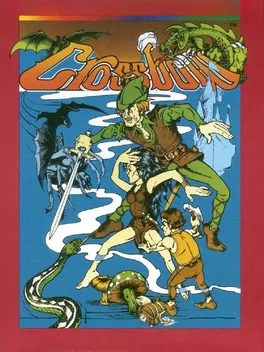
Players protect adventurers in this early light gun arcade game

Two Pac-Man games in a single cartridge: the classic Atari 2600 versione and a new Atari 7800 version
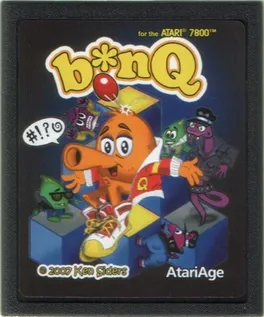
B*nq is a Q*Bert clone brought to the Atari 7800 by Ken Siders. The object of b*nQ is to score as many points as possible by jumping on cubes, jumping on green objects, and luring the snake cop to his death. When all of the cubes have been changed to the “change to” color, you will advance to the next round.
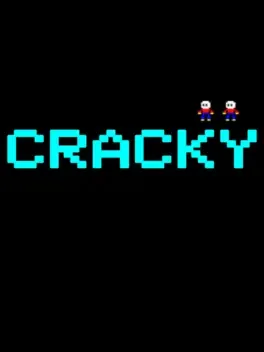
The game is cleared when all the stars are taken. The cracked floor disappears when you pass over it, so you can only pass through it once.
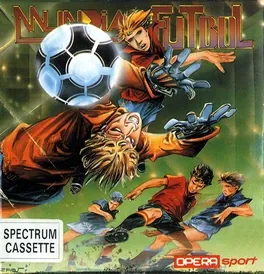
Having been shown several years ago at classic gaming events, the Atari 7800 prototype Missing in Action has finally seen the light of day! AtariAge user Mitch recently acquired the only known prototype of this game to exist and has graciously shared the binary with the community so everyone may enjoy it. Missing in Action is based on the 1984 movie of the same name, featuring Chuck Norris as the protagonist. The game is a side-scrolling beat 'em up, taking place in Vietnam during the height of the Vietnam War. As Colonel James Braddock, a captured POW, your mission is to escape from an internment camp, rescue captured POWs, free the American embassy, and kill the evil drug czar. Had it been completed, Missing in Action would have been an impressive addition to the 7800 library. As it stands, this prototype is about 85% complete and is quite playable.
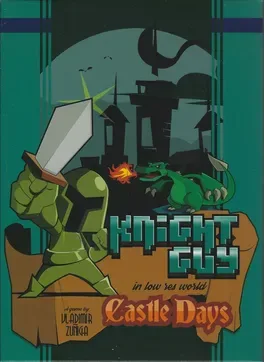
Knight Guy in Low Res World: Castle Days is a platformer with some metroidvania elements. Knight Guy's pet (either a dog or a cat) has been kidnapped by an evil dragon, and he has to explore a castle with 100 rooms in order to find and rescue his pet. He must do this within a one hour time limit, all while dealing with the evil dragon and his minions.
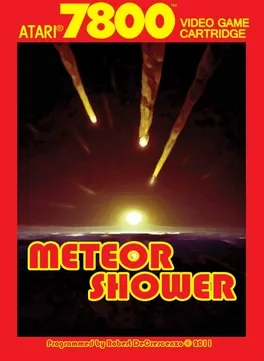
Meteors are falling to Earth! Defend Earth's surface by blasting away at the falling rocks... But beware! Alien forces have learned what was happening and are taking advantage of our vulnerability to attack us!
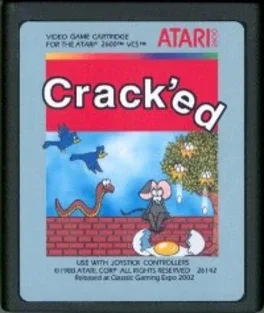
Crack'ed was developed concurrently for the Atari 2600 and 7800, but only the 7800 version was released. The 2600 version only has three levels as opposed to six on the 7800, but those three levels are well utilized considering the limitations of the 2600. As an Ornithologist, you must protect the eggs of the South American Hornbill that are nested in your tree. Various predators attempt to steal the eggs from under your nose. Using your slingshot, you must defend the eggs until the timer runs out. If a predator steals an egg you still have a chance to save it, but you risk losing other eggs from the tree while you are distracted. Next you must protect the Hornbills that have chosen to nest in the sewers, where the gameplay is the same as the tree level. Finally you move onto a bonus round at the Rooster Ranch, here you must shoot roosters that pop out of windows. The Atari 2600 version of Crack'ed was released at the 2002 Classic Gaming Expo, complete with a unique label, box and instructions.
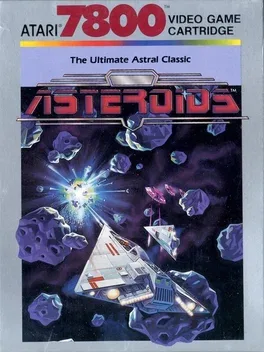
A version of asteroids released for Atari 7800, plays similarly to the original arcade with vastly improved graphics to where the ship and the asteroids themselves are more defined in the color and asthetics they're presented in.